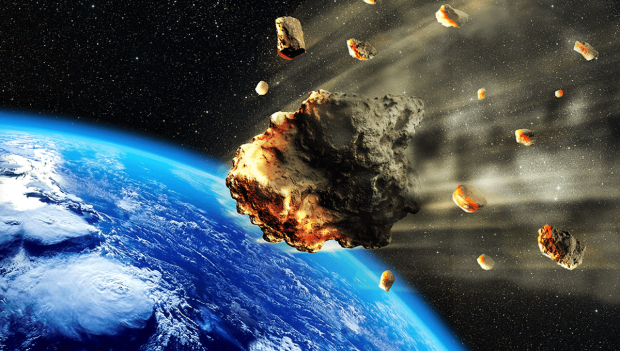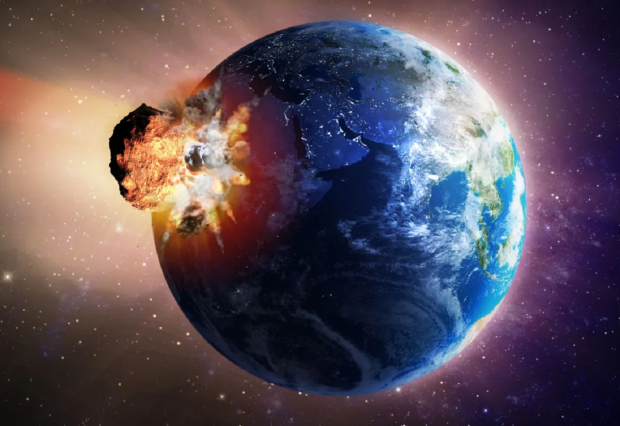Astronomers have looked at large swaths of asteroid data collected by NASA and found the likelihood of Earth being hit by a large asteroid over the next 1,000 years.

Astronomers concluded in a recent study, which was published in The Astronomical Journal, Earth is unlikely to be struck by large asteroids for at least the next 1,000 years. While this brings a sense of relief, it's important to note that the study focused on asteroids larger than 0.6 miles (1 kilometer) and does not eliminate the possibility of smaller yet still hazardous asteroids impacting our planet.
The research team, led by scientists from NASA's Jet Propulsion Laboratory, analyzed the positions and orbits of known near-Earth objects (NEOs) cataloged by the NASA-funded Minor Planet Center. Their goal was to assess the risk of asteroid impacts over an extended time frame compared to previous analyses.
"Our focus was on the objects larger than 1 kilometer, and we tried to rank them in terms of their associated risk of impact over 1,000 years, which is a longer time span than we usually analyze," explained astrophysicist Davide Farnocchia, one of the study's co-authors.
While NASA has already identified approximately 95% of NEOs with a diameter of at least 3,300 feet (1 kilometer) that come within 30 million miles (50 million kilometers) of Earth, the study provides further insight into potential impacts beyond the next century. The team's findings indicate that none of the known large NEOs pose a threat to Earth over the next century, and even smaller objects currently discovered are not a concern in terms of impact hazard.
However, it's important to recognize that the study solely focuses on larger asteroids, leaving the potential for smaller but still dangerous impacts. According to Paul Chodas, manager of NASA's Near Earth Object Program Office, an asteroid around 1,000 feet (300 meters) in diameter could cause devastating damage on a continental scale, releasing energy equivalent to thousands of Hiroshima nuclear detonations.
The study's most notable finding is the identification of the asteroid that presents the highest risk of impacting Earth in the next 1,000 years. Asteroid 7482 (1994 PC1), with an estimated diameter of about 3,600 feet (1.1 kilometers), has a calculated 0.0151% chance of passing within one Earth-moon distance during the millennium. In comparison, the second-highest risk asteroid in this category, 20236 (1998 BZ7), carries a 0.001% probability of coming closer to Earth than the moon.
While this study brings some reassurance, it highlights the importance of continued monitoring and research to identify potential threats from both large and smaller asteroids.



